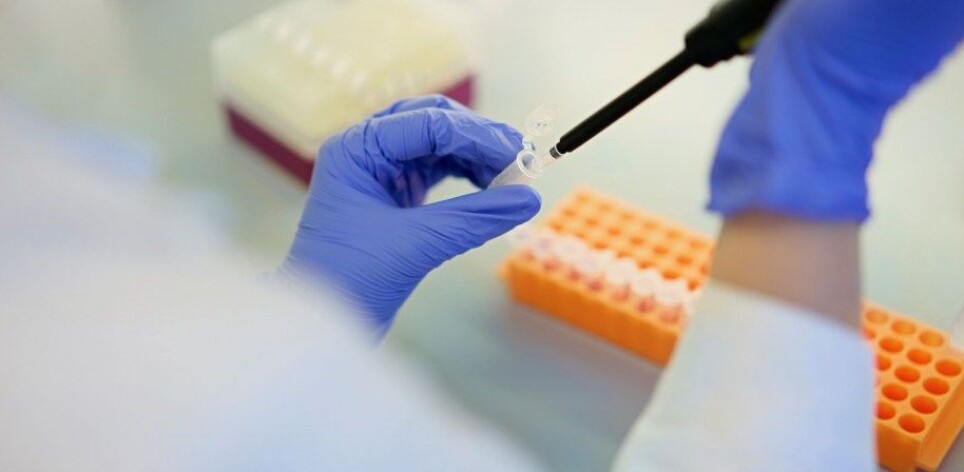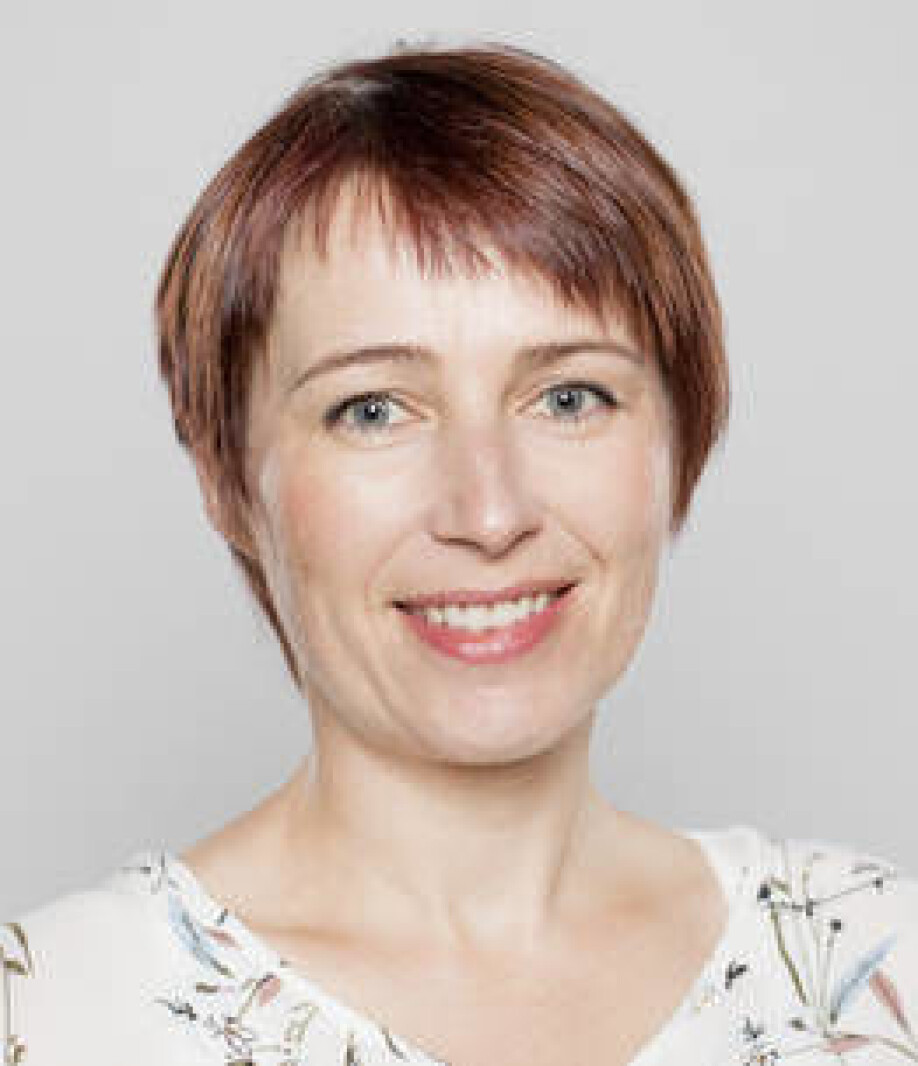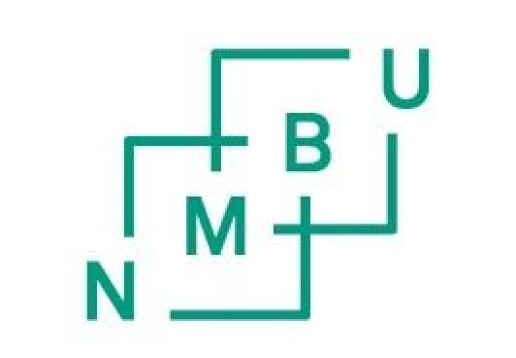THIS ARTICLE/PRESS RELEASE IS PAID FOR AND PRESENTED BY the Norwegian University of Life Sciences (NMBU) - read more

New method for sustainable production: Aiming to use bacteria to produce animal feed, medicine and plastics
A new method for using bacteria to produce anything from plastic to animal feed is in the works at NMBU. "This is truly a completely new invention," says researcher and project manager Linda Bergaust.
The production of food, medicines, animal feed and consumables demand large land areas and an extensive use of energy. This places a heavy burden on the planet; it puts a strain on natural resources and contribute to large greenhouse gas emissions.
Norwegian researchers are now one step closer to a solution that can help us produce much of what we need using bacteria in a more efficient way than has been tried so far. Some of the bacteria even eat CO2 in the process of building new biomaterials.
A team of scientists at NMBU, The Norwegian University of Life Sciences, has now received 10 million Danish crowns to further develop a completely new way of using living organisms, such as bacteria, to produce what we need.

“We are facing numerous challenges in feeding the growing population. This kind of technology has the potential to uncouple a range of bioproducts from petroleum-based energy sources, climate, weather and season. With this method you can in principle grow food in the Sahara, you no longer require agricultural land,” Linda Bergaust explains.
She explains that the method is also a type of process envisaged to enable humans to produce food in space.
Surprised it hasn't been done before
Using bacteria and other microbes to produce goods, feed and medicines has been dubbed 'biofabrication' and has been tested in various formats around the world in recent years. The industry is still in its infancy, and there are just a handful of products in commercial production.
By developing this new method, the NMBU researcher hope to contribute to the development of competitive biofabrication, by making it much easier and cheaper to build large quantities of cell material.
So how are they going to do that? By using a different type of bacteria than those that have so far been used in comparable trials.
Just as we humans take up oxygen when we breathe, many bacteria also need oxygen to grow. But not all of them. Some bacteria grow without oxygen and instead draw energy from other substances in the environment. When organisms require oxygen to grow, we call it aerobic respiration. When they do not need oxygen to grow, it is called anaerobic respiration. This applies, for example, to a number of bacterial species, which will now be tested by Bergaust and her colleagues for their suitability to be used for biofabrication.
“This is very exciting! Cultivation of bacteria, algae and fungi for use in feed, pharmaceutical products and the like is not new, but common to previous methods is that they utilize so-called aerobic respiration, i.e. organisms that take up oxygen for growth. This requires pumping an awful lot of oxygen into the reactor, and production is limited by the oxygen supply,” Bergaust says.
She explains that they will now use bacteria that live by anaerobic respiration, i.e. bacteria that do not require oxygen to grow.
“We have found a way to cultivate bacteria to high density without the supply of oxygen, where the bacteria instead use nitrate as an energy source. This is called denitrification. There are many different bacteria that can do this. Some use sugars or organic acids for growth, and some may use hydrogen gas (H2) as an energy source and CO2 to build biomass.”
The organisms that use CO2 as an energy source, will subsequently be able to contribute to binding CO2 from the atmosphere in the process of building biomass.
Some aspects are still secret
“We are somewhat surprised that this type of organism has not been used before. There are many species that can do this, perhaps as much as a whole percent of culturable bacteria in soil; a fairly high number in this context,” Bergaust says.
She explains that previous experiments likely failed because of an inability to control pH and salt accumulation during the cell cultivation.
However, she is not yet ready to share exactly how the NMBU-team is planning on solving these particular issues.
“This is still a secret, and a patent is pending. We have managed to grow bacteria to high cell density, but we expect to make it even higher. This is what we have received funding for: to further develop the method and search for new organisms for more efficient production of biomass.”

Basic research headed for industry
The new project has been named AnaPro, named after its goal of developing production using bacteria that use anaerobic respiration.
Linda Bergaust is the project manager, but there are three inventors of the new method, where Lars Bakken is the main inventor. Svein Jarle Horn and Bergaust make up the rest of the team.
The Danish fund that has granted the project financial support, the Novo Nordisk Fund, is the same fund that has invested in, among others, American Biomason, one of the most well-known projects in biofabrication today.
Although the AnaPro project is new, the technology is based on long-term basic research at NMBU. Project manager Bergaust is in the process of completing a previous basic research project with support from the Research Council of Norway, which she was awarded under 'Young Talents' in the FRIPRO programme in 2018.
“The question now is whether we can develop a method that is financially sustainable. The disadvantage of using anaerobically respiring bacteria is that the ones we know today produce somewhat less biomass than those with aerobic respiration. So, we are going to look for organisms with higher biomass yields,” she says.
The team is also in the process of applying for funding from the Research Council for a so-called verification project; commercialisation from publicly funded research, with NMBU-professor Lars Bakken at the helm.
“Here we move more towards industrial application, then primarily with fish feed in mind. The potential lies in the fact that you can also adapt it to human food or other bioproducts. There are not many limits to what this can be used for in the future.”
“AnaPro is a basic research project, but with a clear output; we will further develop the anaerobic cultivation method and explore whether we can use hydrogen and CO2 rather than organic energy sources. We will also search for high yield organisms. This involves a lot of work and optimization and we can not wait to get started.”
See more content from NMBU:
-
We're eating more cashew nuts – and the consequences are serious
-
Do young people with immigrant parents have better health?
-
Who’s picking your strawberries this summer?
-
Can coffee grounds and eggshells be turned into fuel?
-
Rising housing costs fuel inequality in Norway
-
Researchers warn: Climate change in African mountains has a greater impact than previously thought





































